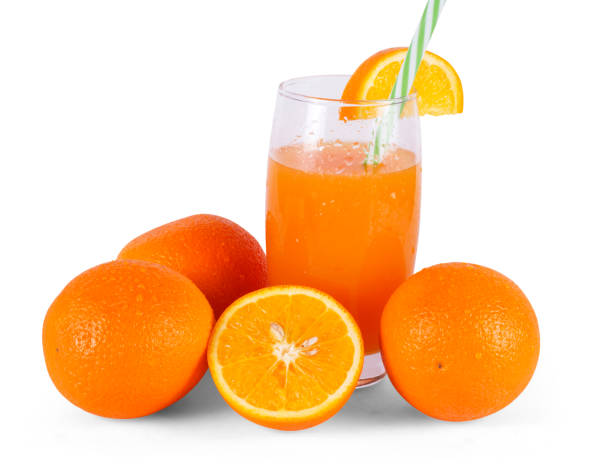Coconuts are a growing market. Coconut water has a current annual turnover of US$2 Billion. In the next five years, it is expected to reach US$4 Billion.
In 2007, a 25 percent stake in Vitacoco – the world’s largest coconut water brand – was sold to Verlinvest for US$ 7 million. Seven years later, a further 25% stake was sold to Red Bull China at a price of about US$166,000,000.
Other major players in the coconut water business include Coca-Cola and PepsiCo. However, more than 200 brands now market coconut water.
An essential crop
There’s more to the story. Coconuts are one of 35 crops that appear in Annexe 1 and the International Treaty on Plant Genetic Resources for Food and Agriculture and are considered vital to global food safety. The Food and Agriculture Organization estimates that global production was 61.5 million tonnes in 2014.
Coconut palms are cultivated in 94 countries by more than 11 million farmers. Most of them are smallholders. All parts of the coconut palm are used.
Copra, the dried inner meat from the nut that is used to make oil, and the husk are the main products. The husk provides fiber, which is vital for the body. As we have seen, the demand for virgin coconut oil and tender coconut water has also increased in recent years.
Braiding ropes from the husks of the niu magimagi varieties on Taveuni Island in Fiji, 2012. Cogent/Roland Bourdeix. Author provided
Whole mature nuts are sold to factories that produce desiccated and cream coconut. At least half the coconuts are consumed locally.
Genetic Diversity
Over the millennia, humans have selected and maintained a variety of coconuts, which are used for countless purposes.
Diversity of coconut fruit in ex Situ genebanks. Roland Bourdeix
The fruits have a wide range of sizes, colors, and shapes. The extent of this biodiversity is not well known on a global scale. The enormous amount of work that has been put into coconut breeding over the millennia by farmers, as well as by scientists in the 20th century, is still undervalued.
Most people, and especially Westerners, do not recognize the rarest coconut varieties. For instance, the Tetiaroa Atoll or the India.
Coconut conservation
Scientists call it “germplasm,” but millions of small farmers are preserving the genetic diversity in coconut populations and types.
A Samoan teenager holds the famous niu afa variety of coconut. Roland Bourdeix
There have been a number of initiatives launched to support and recognize the role of these farmers and to sustain them through approaches to landscape management. For example, the Polymotu Concept (Poly means many, and Motu is an island in Polynesian).
The polymath concept capitalizes on the geographic or reproductive isolation for the conservation of and reproduction of different species of plants, trees, and even animals.
Two small islands in Samoa were recently replanted by a Pacific Community-led project funded by the Global Crop Diversity Trust. This variety produces the world’s largest coconut fruits, measuring more than 40cm long.
Unfortunately, the coconut is in danger. The existence of lethal diseases that are rapidly spreading is one of the biggest challenges to coconut cultivation. These diseases have killed millions of palms. These pandemics have been dubbed fatal Yellowing Diseases.
Diseases are ravaging countries in Africa, Asia, North America, Mexico, the Caribbean and Florida.
The genetic diversity of coconut flowers is on display at the Marc Delorme Research Centre in Cote D’Ivoire. COGENT Author provided
Diversity at Risk
Due to the rapid transformation of agricultural landscapes and climate change, many coconut varieties, which could be vital for the future of farming, are disappearing.
The Pacific Region has suffered the most losses due to the fragile insular ecosystems.
In an extensive survey of the Cook Islands, we were able to locate a sweet-husk Palm, locally known as Niu Mangaro. This is a very rare and highly endangered form of coconut.



